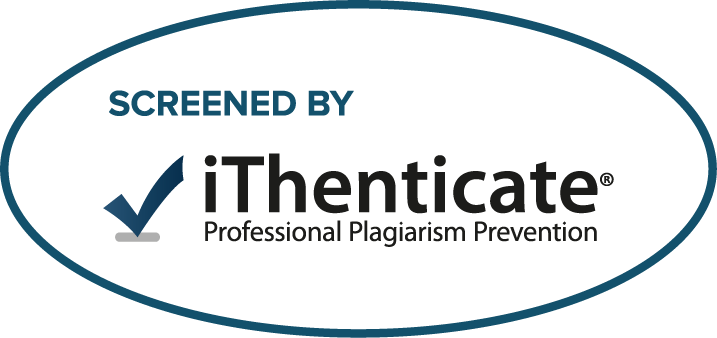Does Technology Based Media Provide a More Satisfaction Health Education than Conventional Method?
Keywords:
Diabetic patients, health teaching, tablet based, leaflet basedAbstract
The types of media used in health teaching is one of the most important tool to help patients understand the material given to them. High technology media such as tablet computer and conventional media such as leaflet are often used as media in bed side health teaching. Both media have advantages and disadvantages. However, various literatures recommend health educators to use tablet computer because it is considered more effective and satisfying. The purpose of the study is to prove whether the use of tablet computer will satisfy patients more than the conventional method leaflet in explaining the details of health teaching to diabetics type II patients. 30 patients were involved in this study. They were divided into two groups. 15 patients were assigned as group one that received health teaching with media tablet computer, while the other 15 patients received health teaching with leaflet as media. The result of the study shows that group one who received health teaching with media tablet computer feels satisfied with the explanation given to them, and the group with leaflet feels the same level of satisfaction as group one. Independent sample t test show there is no significant difference in level of satisfaction between the two groups. Therefore it is not necessary for health care providers and health educators to spend money, buying expensive high technology media for bedside teaching.
Downloads
Downloads
Published
How to Cite
Issue
Section
License
Copyright © 2024 ISC Committee.















